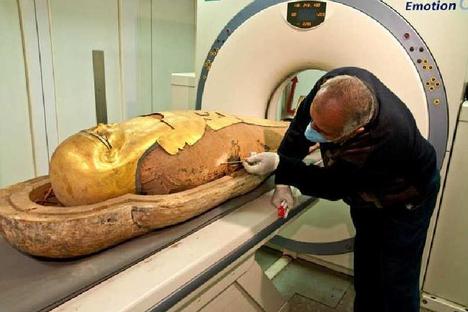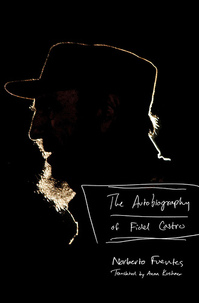 “The Bose QuietComfort 15 has refined circuitry and redesigned earcaps.” Source of caption: print version of the NYT article quoted and cited below. Source of photo: online version of the NYT article quoted and cited below.
“The Bose QuietComfort 15 has refined circuitry and redesigned earcaps.” Source of caption: print version of the NYT article quoted and cited below. Source of photo: online version of the NYT article quoted and cited below.
(p. B8) . . . , if your sales are getting eaten alive by cheaper rivals, and you don’t want to play the price game, you have only one option: play leapfrog. Make your gadget so much better than the me-toos that people will be willing to pay your premium once again.
That’s the idea behind Bose’s new QuietComfort 15 model ($300), which replaces the QuietComfort 2.
. . .
First, the QC15 model really, truly does advance the art of noise cancellation — big time. The QC 2 headphones and my Panasonics cut the airplane roar by half. But the 15 reduced it by, say, 85 percent, leaving only a distant, whispery whoosh to remind you that you’re in an aluminum tube 39,000 feet up in the air. Taking them off after a while, as you’ll want to do because your ears get sweaty, is like walking into a rock concert when you’ve been outside the building.
For the full story, see:
DAVID POGUE. “State of the Art; Ho Ho Ho? You Won’t Hear a Thing.” The New York Times (Thurs., December 3, 2009): B1 & B8.
(Note: the online version of the article is “State of the Art; Bose’s Latest Headphones Can Quell the Clangor” and is dated December 2, 2009.)
(Note: ellipses added.)







